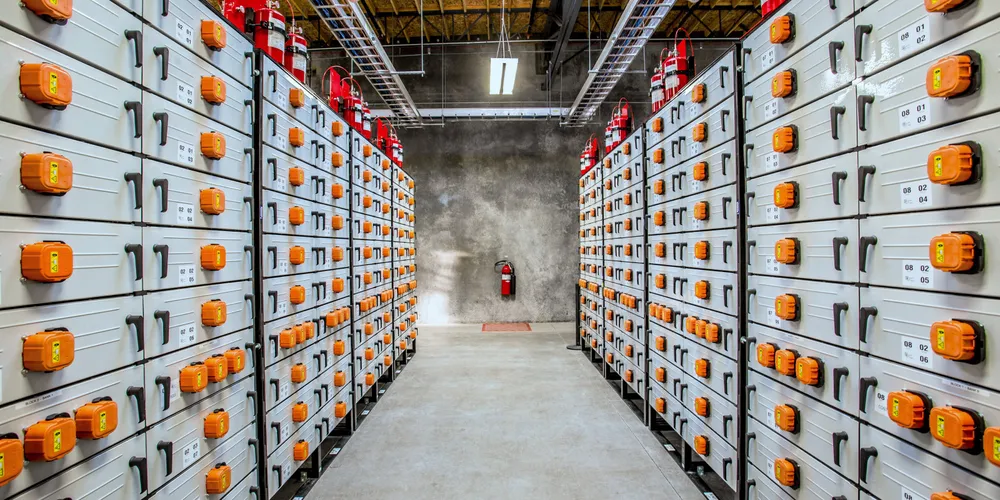US and EU wriggling out of China’s iron grip on battery supply chain: IEA
Onshoring battery manufacturing has become key energy security concern amid quickening renewables rollout

Onshoring battery manufacturing has become key energy security concern amid quickening renewables rollout
